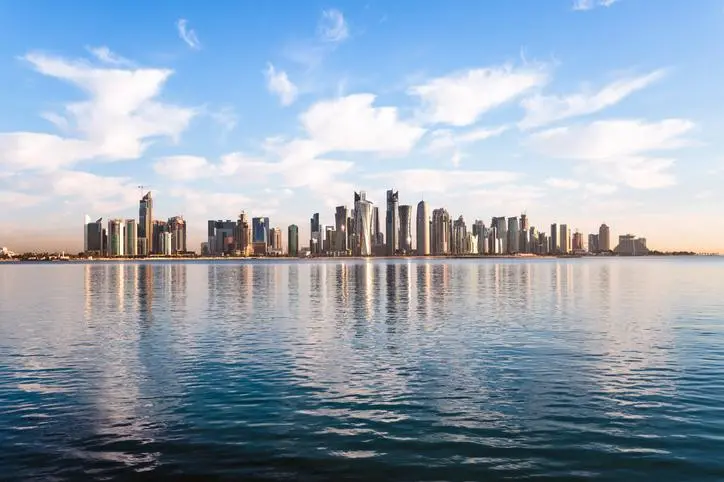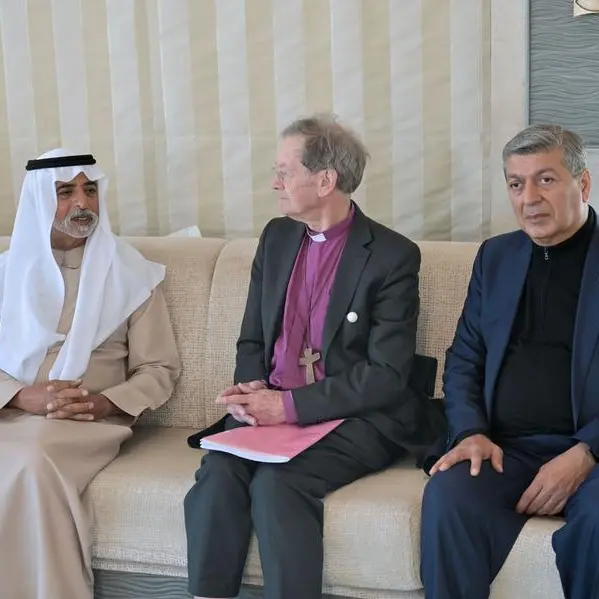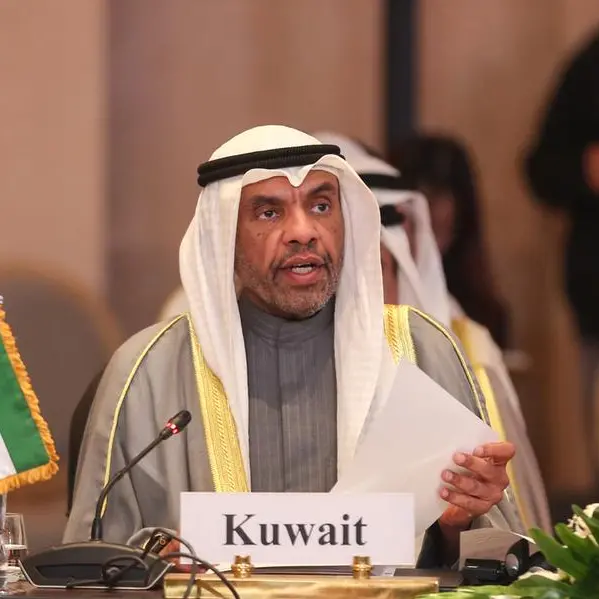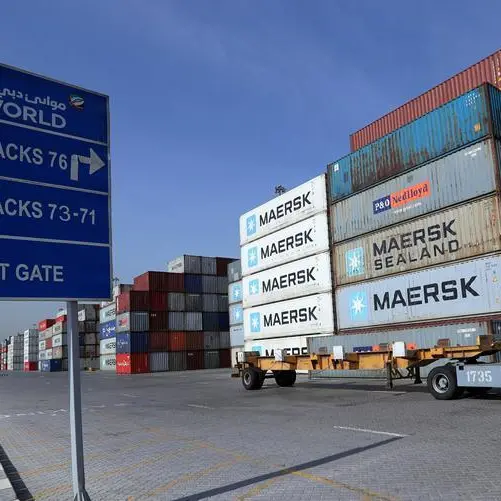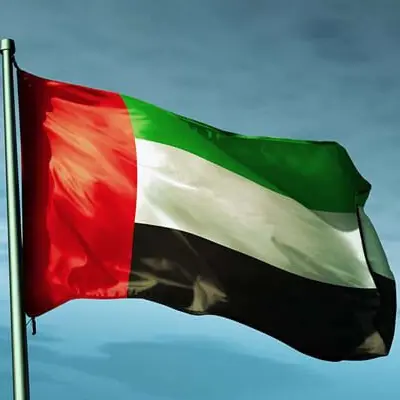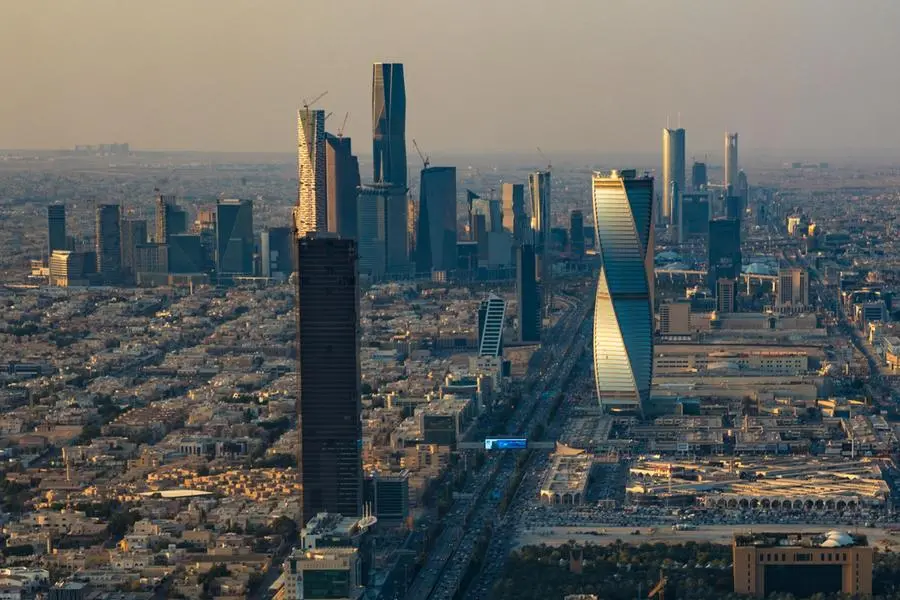PHOTO
Doha: Every species plays a role in maintaining the balance of our ecosystems. Support biodiversity conservation today! the Ministry of Environment and Climate Change (MECC) urged people in a social media post recently.
Qatar is stepping up efforts to develop ecotourism destinations across the country, that are not limited to environment but extend to economy and culture, it said. The ministry in a series of social media posts discussed different aspects of conservation efforts. It is on the forefront of efforts to protect Qatar’s biodiversity and ecosystems and has implemented initiatives and projects to protect the local environment from degradation.
Its biodiversity conservation efforts include habitat restoration and species protection programmes, and marine life conservation with the ongoing monitoring and strict regulations against overfishing.
“Small steps make a big difference in protecting our planet, and helps sustain its resources for us and future generations. Five ways one can contribute to conservation efforts: spreading awareness of environmental issues within the community; transforming to more sustainable practices; volunteering in environmental activities in your area; supporting government decisions that stipulate the protection of the environment and its various components; and donating and supporting projects that work to preserve the environment,” the ministry said. MECC has allocated 2.5% of Qatar’s area into marine reserves, creating safe havens for dugongs and whale sharks. “From marine habitats to desert landscapes, the ministry’s conservation efforts span all of Qatar’s diverse ecosystems. Dahl Al Misfir Cave, a 40-metre deep sinkhole located in Rawdat Rashid, 40km from Doha, is one of the most popular eco-tourism destinations in the country,” the ministry said. “Qatar began planting and nurturing mangroves in 1981 as part of its marine biodiversity preservation efforts. In 1997, the number of cultivation areas reached 13 sites along the coast of the country,” it added.
The Supreme Council of Environment and Natural Reserves designated mangrove ecosystems as nature reserves in 2006. In 2023, a memorandum of understanding was signed to establish the National Programme to Conserve Qatar’s Coastal Ecosystems, involving the Earthna Centre for a Sustainable Future, Qatar University, and MECC.
“This year 6,000 mangrove seedlings were produced in Al Ghashamiya Centre, and 3,000 in Al Dhakira Marine Nursery, in addition to establishing a new marine nursery in Fuwairit. The natural mangroves are located in Al Khor and Al Thakkira beaches and successful cultivation has been achieved in several areas, including Al Ruwais, Umm Al Houl, Fuwairit, and Ras Matbakh,” the ministry said.
The MECC added that protecting biodiversity is crucial for ecological health and stability. The Wildlife Development Department of the ministry rehabilitates meadows to protect vegetation and combat desertification across the country.
“Qatar’s biodiversity includes unique flora and fauna found nowhere else. The ministry has rehabilitated and fenced 1.2 million sqm area of meadows so far for their environmental importance,” the ministry said.
“Qatar has set five priority areas to protect its natural ecosystem. It seeks to conserve more than 25% percent of the total land area by 2030, and reduce household daily water consumption by a third. It has pledged to reduce Green House Gas emissions by 25%, protect and optimise land use through sustainable farming, and adopt the circular economy, turning today’s waste into tomorrow’s raw material.”
From marine life to desert species, the ministry’s efforts aim to protect and preserve the natural wealth. Qatar’s environment is rich in biodiversity and the country focuses on the conservation of its wildlife and has taken meticulous measures to facilitate the breeding of the endangered hawksbill turtles through the Turtle Conservation Project. “The MoECC’s initiatives to protect Qatar’s biodiversity include combating invasive species. It has trapped approximately 8,800 mynas, an invasive bird, as part of its strategy to preserve the country’s ecological balance,” the ministry said.
Despite its arid climate, the country is home to a variety of habitats, including mangroves, sand dunes, coral reefs and mangrove swamps. With approximately 1,900 documented wild species in Qatar, including mammals, birds, reptiles, amphibians, and invertebrates, the biodiversity in this region is remarkable.
The flora consists of 371 species of flowering plants. Particularly noteworthy is the country’s marine habitats, which boast an incredible array of species. With 995 marine species identified, Qatar’s waters are a treasure trove of biodiversity.
Terrestrial habitats in Qatar are equally important, supporting a wide range of species. Among the endangered species that call Qatar home are the Arabian oryx, greater spotted eagle, and corn crake.
Qatar has a diverse range of terrestrial species, including eight species of mammals, 242 species of birds, 29 reptilian species, one amphibian, and 228 species of invertebrates. These unique creatures contribute to the rich terrestrial biodiversity in Qatar.
Besides, Qatar serves as a crucial habitat for migratory bird species, enhancing the country’s terrestrial biodiversity. These migratory birds play a vital role in maintaining the ecological balance and are a testament to the significance of Qatar as a sanctuary for avian diversity.
© Dar Al Sharq Press, Printing and Distribution. All Rights Reserved. Provided by SyndiGate Media Inc. (Syndigate.info).
